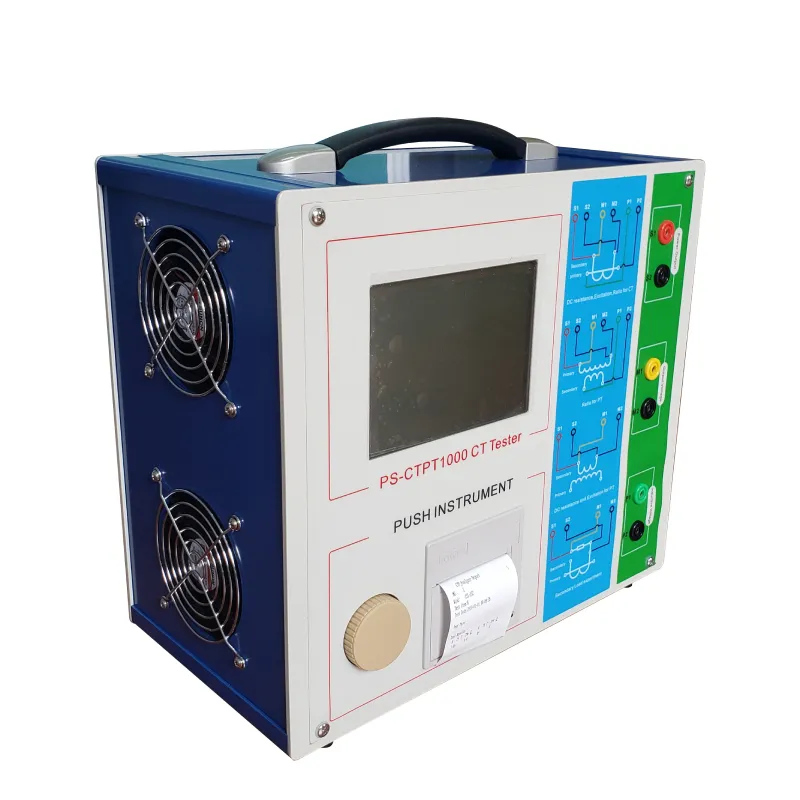 English
English



-
 Afrikaans
Afrikaans -
 Albanian
Albanian -
 Amharic
Amharic -
 Arabic
Arabic -
 Armenian
Armenian -
 Azerbaijani
Azerbaijani -
 Basque
Basque -
 Belarusian
Belarusian -
 Bengali
Bengali -
 Bosnian
Bosnian -
 Bulgarian
Bulgarian -
 Catalan
Catalan -
 Cebuano
Cebuano -
 China
China -
 China (Taiwan)
China (Taiwan) -
 Corsican
Corsican -
 Croatian
Croatian -
 Czech
Czech -
 Danish
Danish -
 Dutch
Dutch -
 English
English -
 Esperanto
Esperanto -
 Estonian
Estonian -
 Finnish
Finnish -
 French
French -
 Frisian
Frisian -
 Galician
Galician -
 Georgian
Georgian -
 German
German -
 Greek
Greek -
 Gujarati
Gujarati -
 Haitian Creole
Haitian Creole -
 hausa
hausa -
 hawaiian
hawaiian -
 Hebrew
Hebrew -
 Hindi
Hindi -
 Miao
Miao -
 Hungarian
Hungarian -
 Icelandic
Icelandic -
 igbo
igbo -
 Indonesian
Indonesian -
 irish
irish -
 Italian
Italian -
 Japanese
Japanese -
 Javanese
Javanese -
 Kannada
Kannada -
 kazakh
kazakh -
 Khmer
Khmer -
 Rwandese
Rwandese -
 Korean
Korean -
 Kurdish
Kurdish -
 Kyrgyz
Kyrgyz -
 Lao
Lao -
 Latin
Latin -
 Latvian
Latvian -
 Lithuanian
Lithuanian -
 Luxembourgish
Luxembourgish -
 Macedonian
Macedonian -
 Malgashi
Malgashi -
 Malay
Malay -
 Malayalam
Malayalam -
 Maltese
Maltese -
 Maori
Maori -
 Marathi
Marathi -
 Mongolian
Mongolian -
 Myanmar
Myanmar -
 Nepali
Nepali -
 Norwegian
Norwegian -
 Norwegian
Norwegian -
 Occitan
Occitan -
 Pashto
Pashto -
 Persian
Persian -
 Polish
Polish -
 Portuguese
Portuguese -
 Punjabi
Punjabi -
 Romanian
Romanian -
 Russian
Russian -
 Samoan
Samoan -
 Scottish Gaelic
Scottish Gaelic -
 Serbian
Serbian -
 Sesotho
Sesotho -
 Shona
Shona -
 Sindhi
Sindhi -
 Sinhala
Sinhala -
 Slovak
Slovak -
 Slovenian
Slovenian -
 Somali
Somali -
 Spanish
Spanish -
 Sundanese
Sundanese -
 Swahili
Swahili -
 Swedish
Swedish -
 Tagalog
Tagalog -
 Tajik
Tajik -
 Tamil
Tamil -
 Tatar
Tatar -
 Telugu
Telugu -
 Thai
Thai -
 Turkish
Turkish -
 Turkmen
Turkmen -
 Ukrainian
Ukrainian -
 Urdu
Urdu -
 Uighur
Uighur -
 Uzbek
Uzbek -
 Vietnamese
Vietnamese -
 Welsh
Welsh -
 Bantu
Bantu -
 Yiddish
Yiddish -
 Yoruba
Yoruba -
 Zulu
Zulu
Evaluating Capacitance and Dielectric Loss through Tan Delta Testing Methods
Understanding Capacitance and Tan Delta Test in Electrical Systems
In the realm of electrical engineering, the performance and reliability of insulating materials and components are critical for efficient operation. Two important parameters that are often evaluated in this context are capacitance and the tangent of the loss angle, commonly known as the tan delta. These tests are vital for assessing the health of electrical equipment, such as capacitors, transformers, and cables.
Capacitance Measurement
Capacitance refers to the ability of a component to store electrical energy in an electric field. It is measured in farads (F) and is influenced by the physical properties of the component, including its size, shape, and the dielectric materials used. A higher capacitance value indicates a greater capacity to store charge. During a capacitance test, the device is subjected to a controlled electrical input, and the resulting current and voltage are measured to calculate the capacitance.
Regular capacitance testing provides insights into the condition of an electrical component. If a significant deviation from the expected capacitance value is observed, it may indicate issues such as insulation degradation, moisture ingress, or damage to the dielectric material. Early detection of these issues can prevent unexpected failures, ensuring the reliability of power systems.
Tan Delta Test
The tan delta test, on the other hand, evaluates the quality of insulation and its dielectric losses. It is defined as the ratio of the resistive (real) component of the current to the reactive (imaginary) component of the current in an AC circuit. A lower tan delta value indicates better insulation performance with minimal energy loss, while a higher value signifies increasing losses and potential insulation breakdown.
capacitance and tan delta test

The tan delta test is crucial for assessing the condition of insulating materials as they age. Over time, exposure to electrical stress, moisture, and environmental conditions can deteriorate insulation properties. By conducting a tan delta test, engineers can obtain a quantitative measure of insulation quality, which aids in predictive maintenance. If the tan delta value rises above acceptable thresholds, it may signal the need for repairs or replacement to prevent catastrophic failures.
Application and Significance
The combination of capacitance and tan delta testing is especially significant in high-voltage applications, such as power distribution systems and industrial equipment. These tests are comprehensive; they not only help identify current issues but also predict future reliability based on current conditions. This preemptive approach ensures that maintenance schedules are optimized, and resources are allocated effectively.
Moreover, the integration of these tests into routine maintenance protocols can have a profound impact on safety and operational efficiency. For utility companies and industries relying on continuous power supply, minimizing downtime and preventing failures is paramount. Hence, capacitance and tan delta tests serve as critical tools in the predictive maintenance toolkit, enhancing the longevity and reliability of electrical systems.
Conclusion
In summary, capacitance and tan delta tests are indispensable techniques in evaluating the health of electrical components and systems. By measuring these properties, engineers can gain a deeper understanding of insulation quality, predict failures before they occur, and ensure the continuous and safe operation of electrical infrastructure. As technology advances and the demand for reliable power supply grows, these testing methods will remain vital for maintaining the integrity of electrical systems worldwide.
-
Testing Equipment Industry Sees Major Advancements in 2025: Smart & Precision Technologies Lead the WayNewsJun.06,2025
-
Applications of Direct Current Generators in Renewable Energy SystemsNewsJun.05,2025
-
Hipot Tester Calibration and Accuracy GuidelinesNewsJun.05,2025
-
Digital Circuit Breaker Analyzer Features and BenefitsNewsJun.05,2025
-
Benefits of Real-Time Power Quality Monitoring Devices for Industrial EfficiencyNewsJun.05,2025
-
Earth Fault Loop Testing in High-Rise Building Electrical SystemsNewsJun.05,2025



